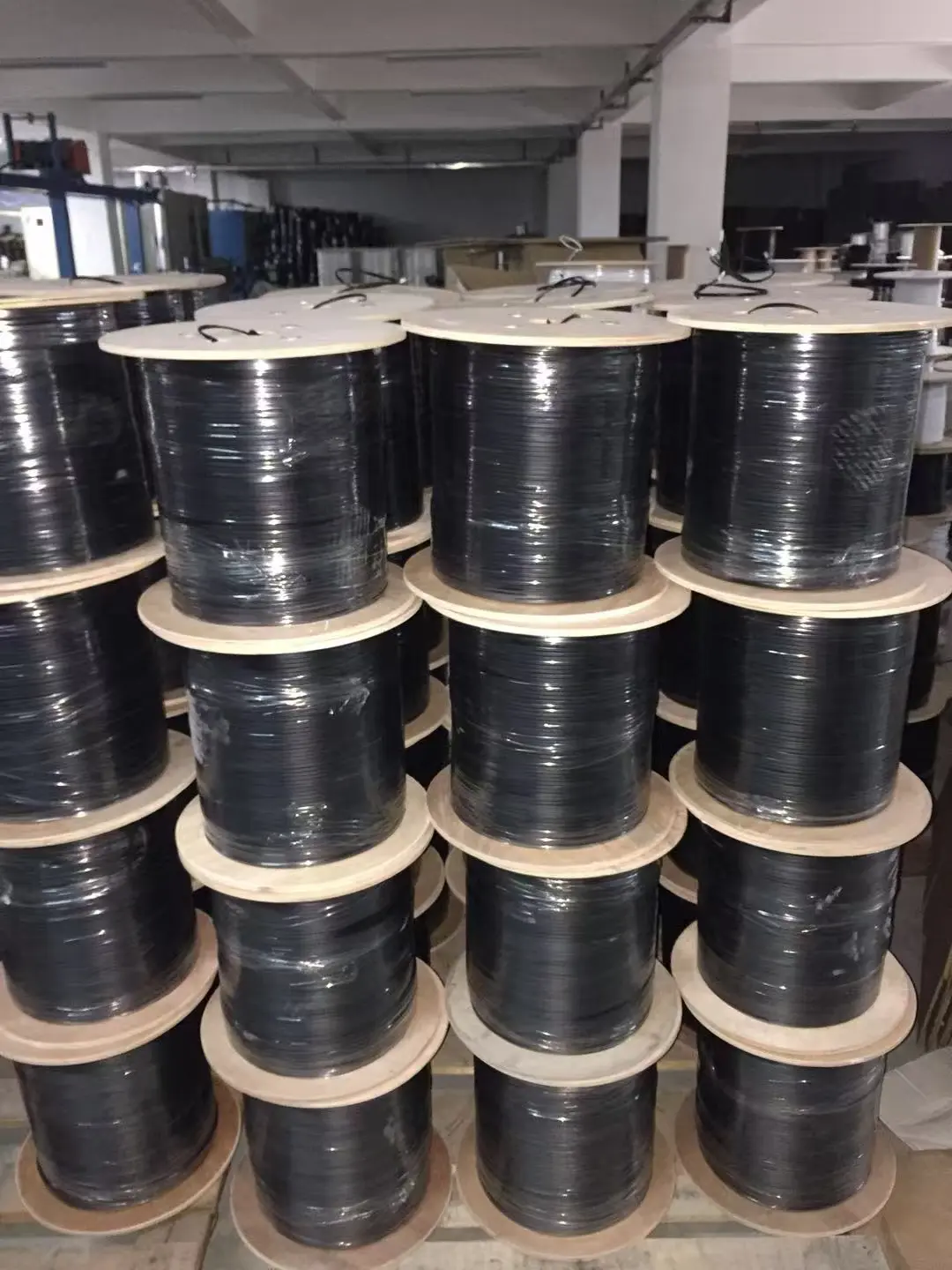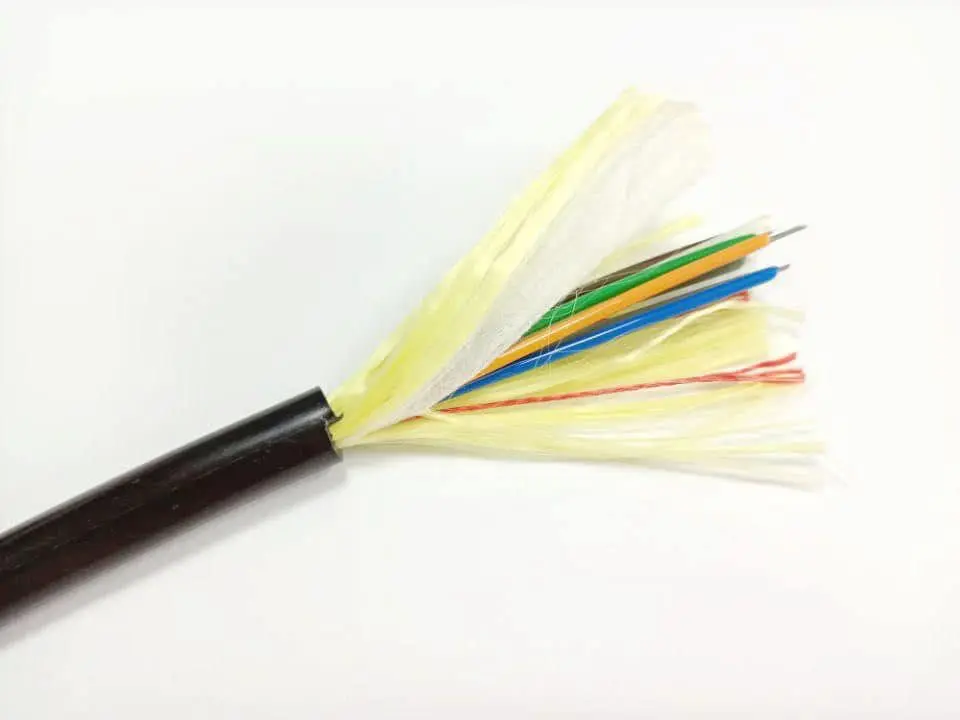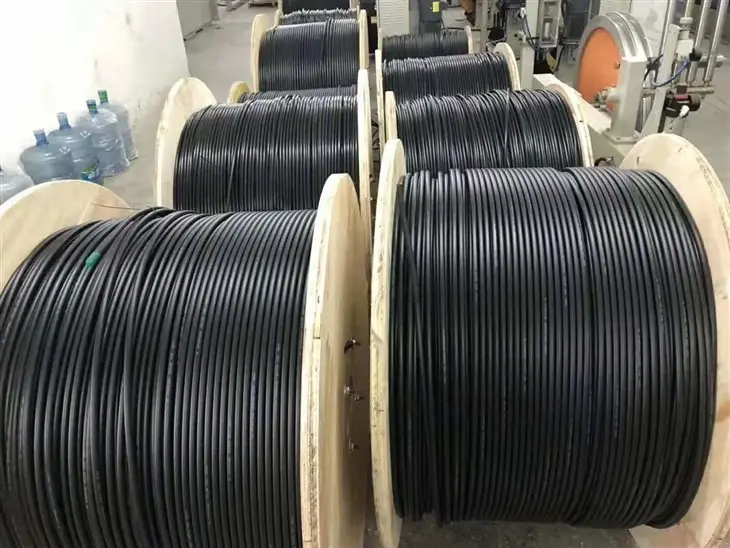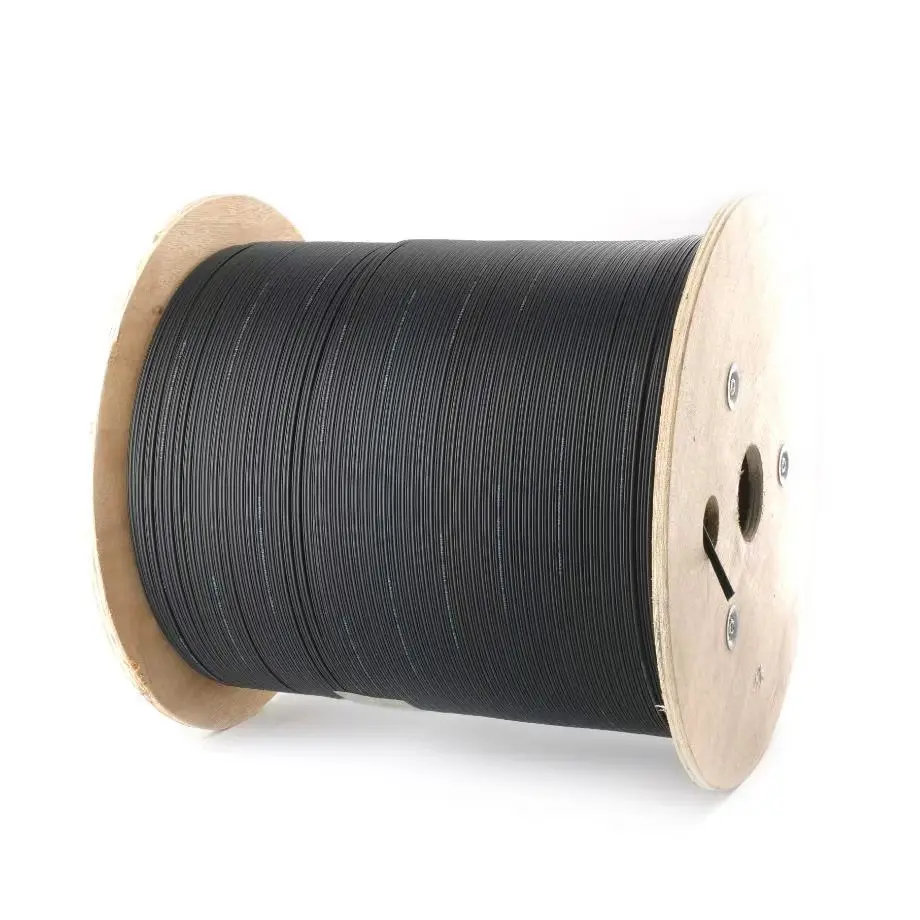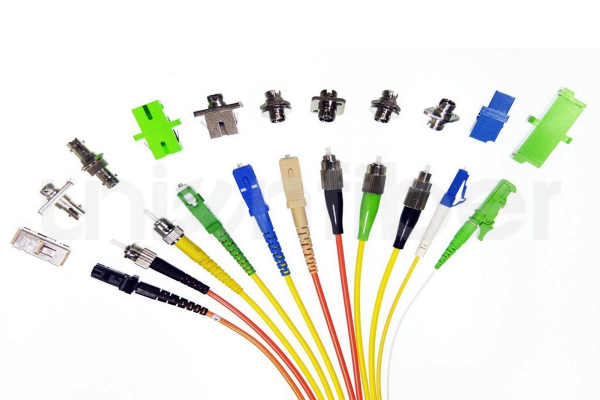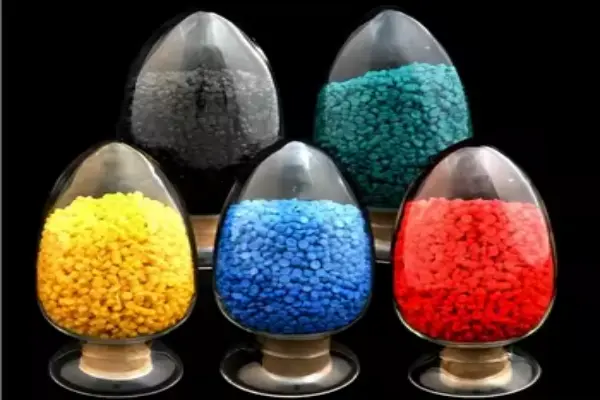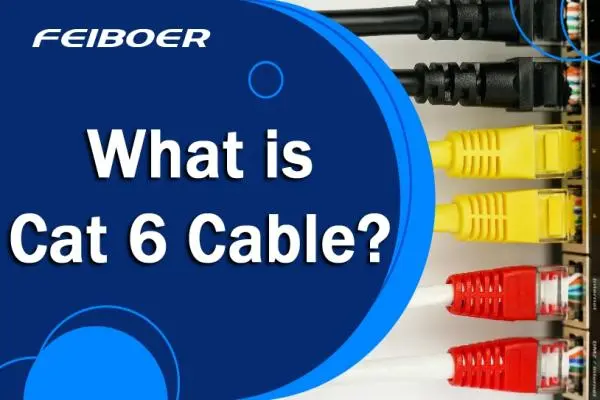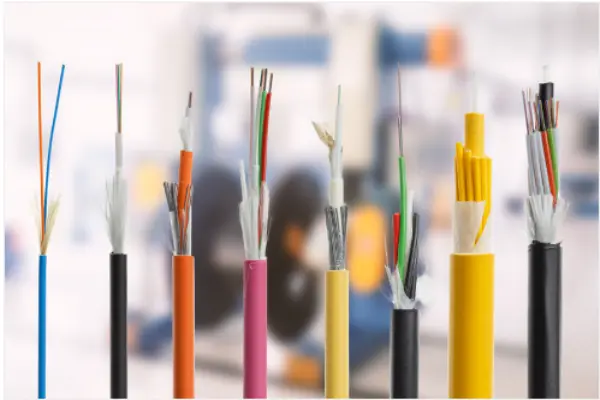What's the difference between patch cord and drop cable
A patch cord has connectors on both ends and a thick protective layer on the outside.
It is generally used to connect optical terminals and terminal boxes. It can also be used in fiber-optic communication systems, fiber-optic access networks, fiber-optic data transmission, and local area networks.
A pigtail, also known as a pigtail, has a connector on only one end.
while the other end is the broken end of a fiber Optic Cable core. It is connected to other fiber optic cable cores through fusion splicing. It is often found in fiber optic terminal boxes and is used to connect optical cables to fiber optic transceivers (couplers and jumpers are also used in between).
Simply put, a patch cord cut in the middle becomes two pigtails. A sheathed fiber optic patch cord uses a sheathed fiber optic cable. Sheathed fiber optic cables are mostly single-core or dual-core structures, but can also be made into a four-core structure. The cross-section is shaped like an 8, with the reinforcement located at the center of the two circles. It can be made of metal or non-metallic structure, and the optical fiber is located at the geometric center of the 8.
The drop optical cable for access network (for indoor wiring)
It is made by placing the optical communication unit (optical fiber) at the center, with two parallel non-metallic reinforcement members (FRP) or metal reinforcement members placed on both sides, and finally, extruding a black or colored polyvinyl chloride (PVC) or low smoke zero halogen material (LSZH, low smoke, halogen-free, flame retardant) sheath.
